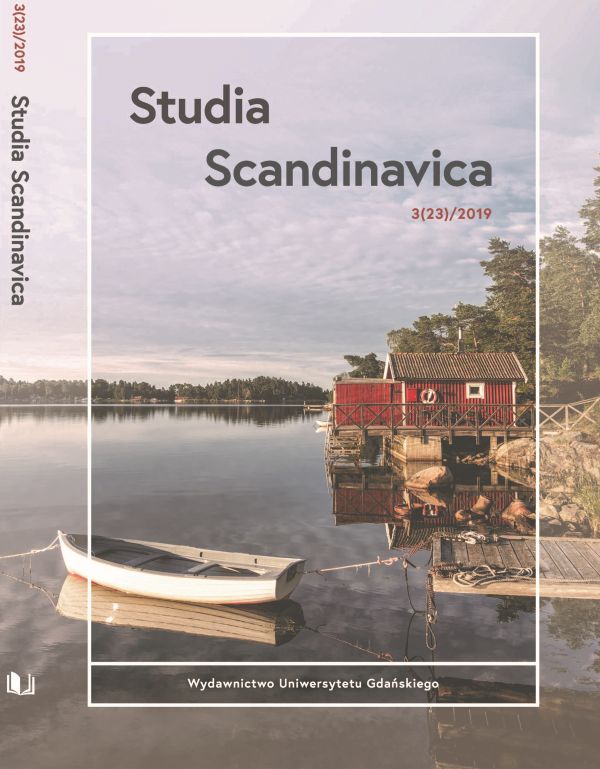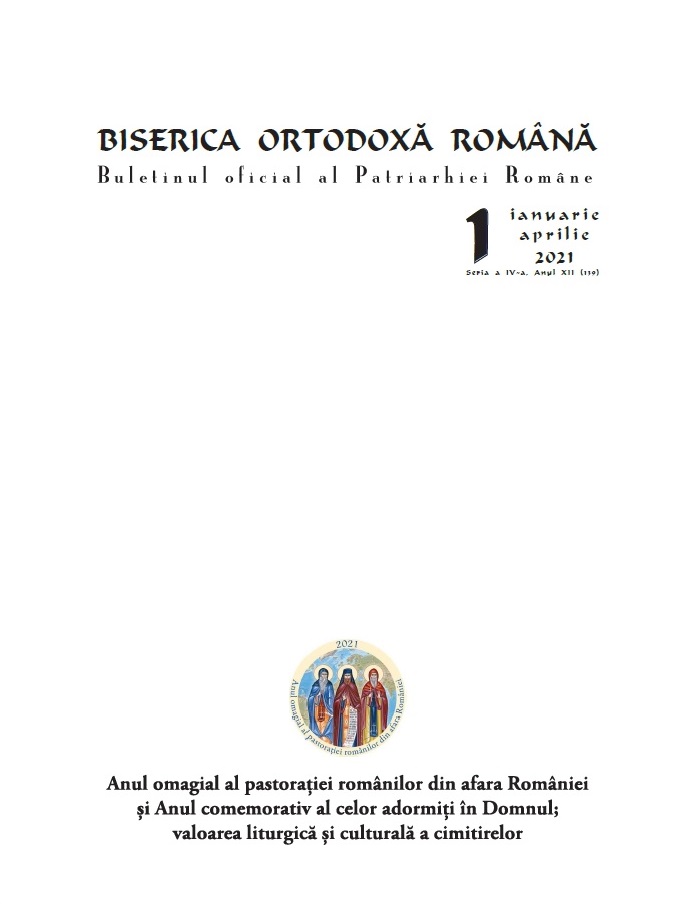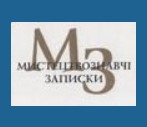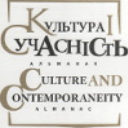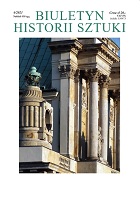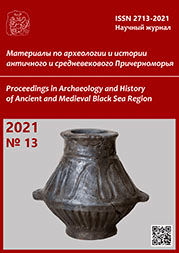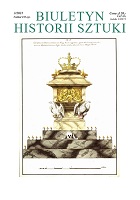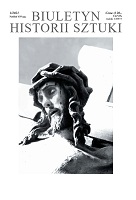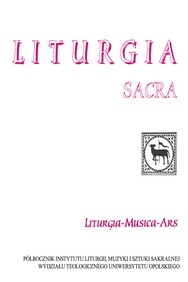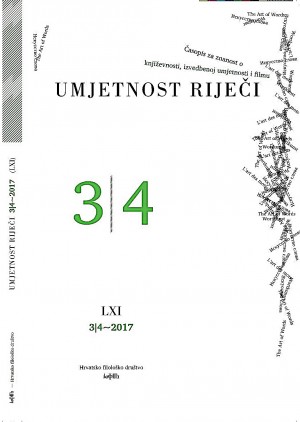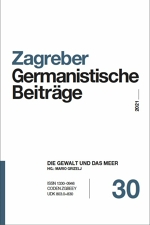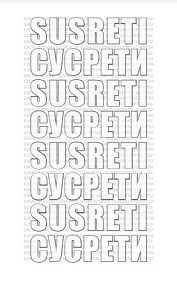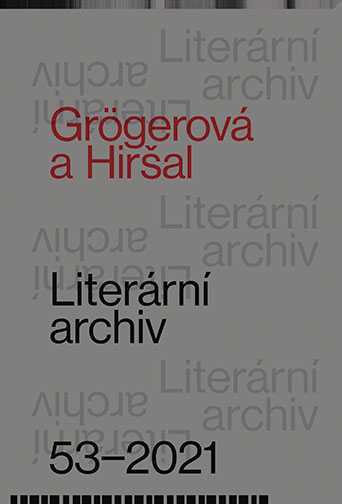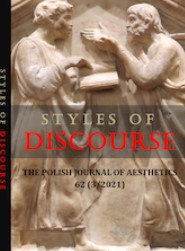Author(s): His Beatitude Daniel Patriarch of Romania / Language(s): English,Romanian
Issue: 1/2021
On 1 February 2021, „Conventus” Hall - the Palace of the Patriarchate, hosted the constitutive meeting of the Church Painting Commission, for the 2021- 2024 term. The meeting was chaired by His Beatitude Daniel, Patriarch of the Romanian Orthodox Church, whose address emphasized the importance of the Church Painting Commission of the Romanian Patriarchate for the missionary work promoting Orthodox iconography: „The Church Painting Commission supervises, oversees and monitors the implementation of church’s statutary rules and regulations, of the decisions passed by central church bodies and by the Patriarch of Romania, concerning the preservation of the unitary character in dogmatic, artistic and execution matters, for the sacred art works produced in the Romanian Orthodox Church... The Church Painting Commission is now called, for the duration of this term – in its capacity as most competent central consultative body, in matters of church art, on the territory of the Romanian Patriarchate –, to respond promptly to the urgent needs arising over the last few years in the realm of church painting and restoration. We deem it necessary for the Commission to draft, with the support of recognized experts in our country, an Iconographic Guidebook and a Set of norms for the restoration of the church patrimony items used for religious services (art components and items of movable patrimony)”. His Beatitude Patriarch Daniel offered a number of recommendations on the structure of the future Iconographic Guidebook : „It will have to render, from an interdisciplinary perspective (historical, theological, and artistic) the main themes of Orthodox church paintings, including a number of sections, richly illustrated where needed, each of them accompanied by a comprehensive, updated bibliography”. Romania’s Patriarch also offered a number of ideas on the Set of norms for the restoration of the church patrimony: „These Norms will pursue the outlining and implementation of basic principles and practical rules, intended on the one hand to prevent the distortion of the original aspect of the pictorial ensemble, and on the other hand to enable it to perform its liturgical-dogmatic function, avoiding the transformation of the community liturgical space into a mere museum collection of items”, stated the Patriarch of the Romanian Orthodox Church.
More...
